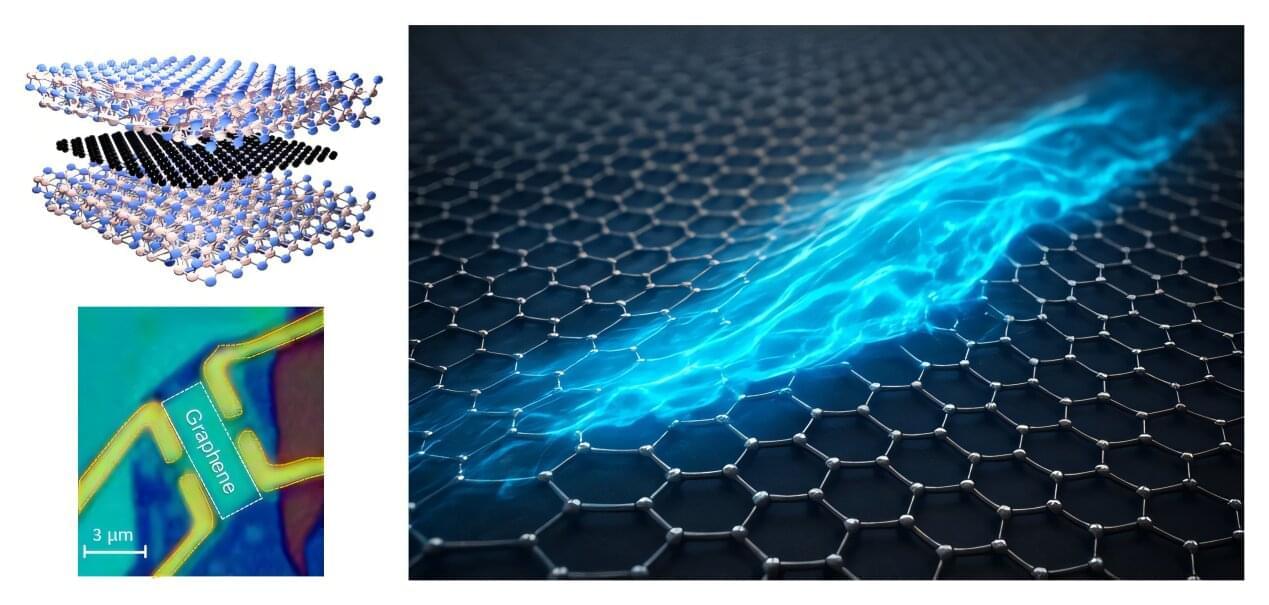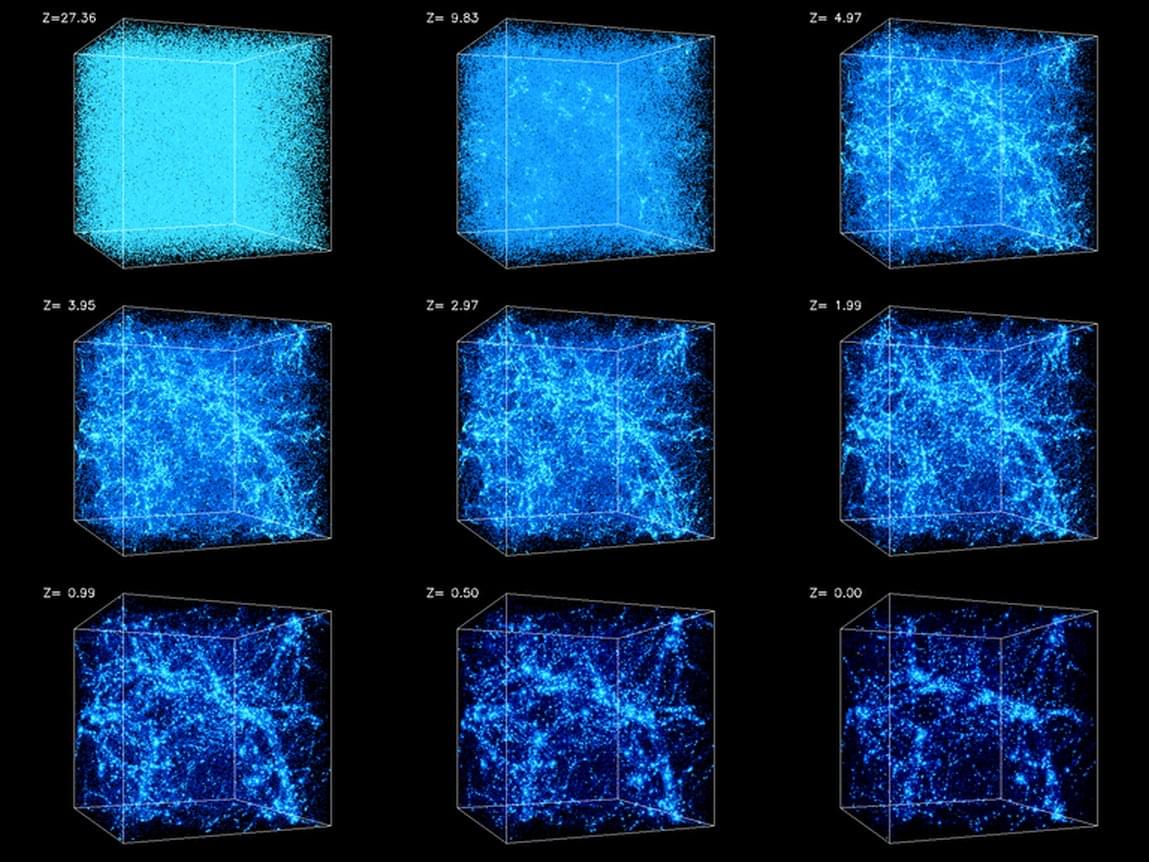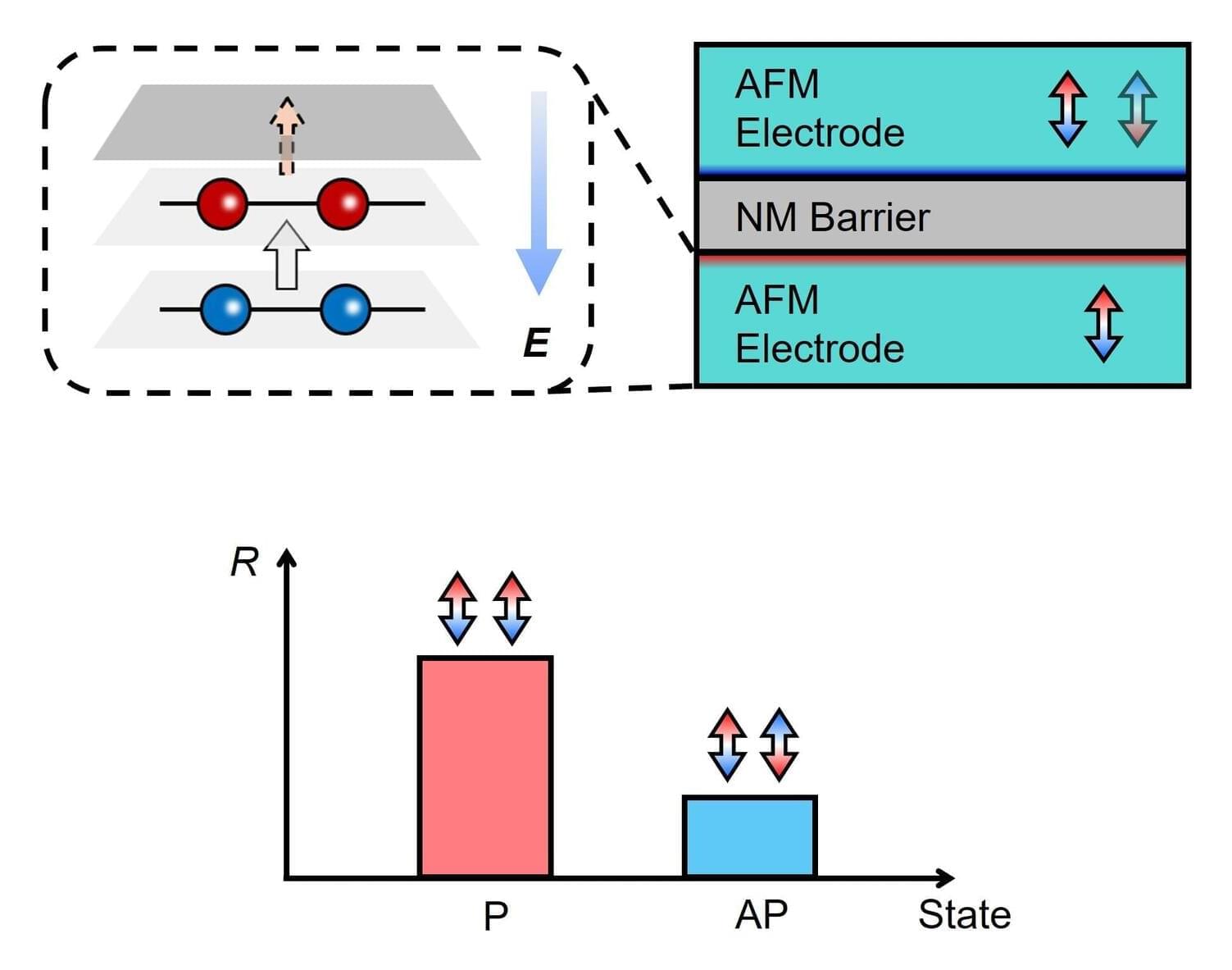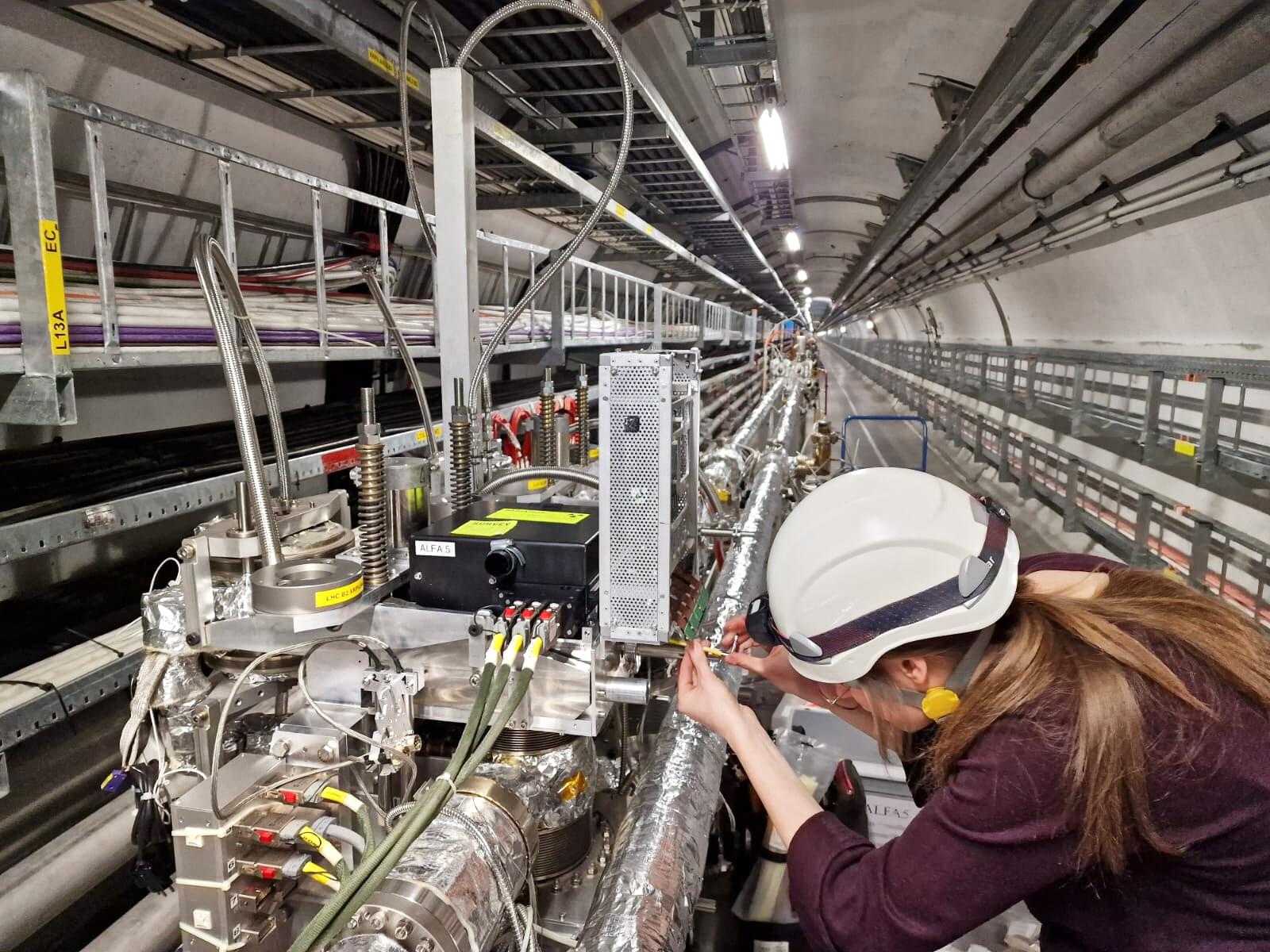For several decades, a central puzzle in quantum physics has remained unsolved: Could electrons behave like a perfect, frictionless fluid with electrical properties described by a universal quantum number?
This unique property of electrons has been extremely difficult to detect in any material so far because of the presence of atomic defects, impurities, and imperfections in the material.
Researchers at the Department of Physics, Indian Institute of Science (IISc), along with collaborators from the National Institute for Materials Science, Japan, have now finally detected this quantum fluid of electrons in graphene—a material consisting of a single sheet of pure carbon atoms.









